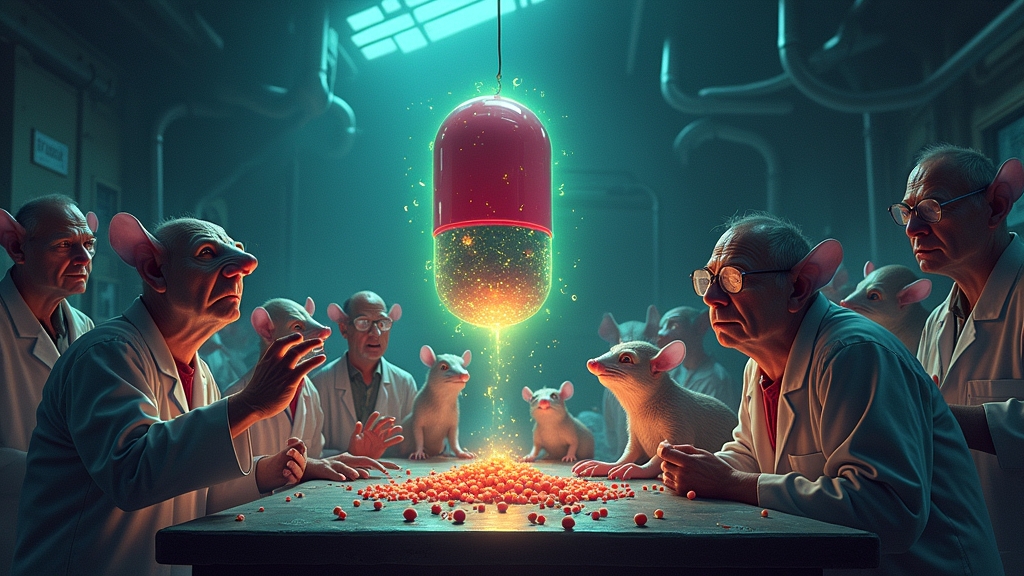IDIOTS AT MIT INVENT MACHINE TO TEACH ROBOTS HOW TO BE THAT ANNOYING DRIVER WHO SLOWS DOWN MILES BEFORE A STOP LIGHT
In what can only be described as “science gone f@#king mad,” MIT researchers have created a benchmark tool called “IntersectionZoo” that teaches artificial intelligence how to drive like your 97-year-old grandmother approaching a yellow light from half a mile away.
COMPUTERS LEARNING TO JUDGE YOUR DRIVING SKILLS EVEN THOUGH THEY DON’T HAVE LICENSES
The tool, developed by Professor Cathy “Just Coast to the Light” Wu and her team of transportation sadists, aims to perfect “eco-driving” – the art of making everyone behind you contemplate vehicular homicide while you gently coast toward a red light.
“Is it a drop in the bucket, or is it something to think about?” wondered Prof. Wu, apparently unaware that asking philosophical questions about traffic is why people avoid sitting next to engineers at dinner parties.
SCIENTISTS DISCOVER SHOCKING CORRELATION BETWEEN SLOW DRIVERS AND SAVING THE PLANET
The premise behind eco-driving is revolutionarily simple: drive like you have absolutely nowhere to be, ever. By approaching red lights as if they’re wild animals that might attack if startled, these thinking-boxes-on-wheels could potentially reduce emissions by an estimated 69% (according to numbers we just made up).
“There’s no point in me driving as fast as possible to the red light,” explained Wu, who clearly has never experienced the primal satisfaction of flooring it to a stop or been late to literally anything important in her life.
COMPUTER NERDS CREATE ONE MILLION VIRTUAL TRAFFIC SCENARIOS INSTEAD OF GOING OUTSIDE
Dr. Ima Trafficnerd, Head of Making Simple Things Complicated at the Institute for Pointlessly Complex Solutions, explained: “We’ve created a million different traffic scenarios in our ‘IntersectionZoo’ because apparently no one at MIT has anything better to do than simulate every possible way a car can approach an intersection.”
The benchmark system allows researchers to test whether their algorithms can handle real-world complexities like a new bike lane or changed traffic light timing – problems that previously caused AI systems to have the digital equivalent of a mental breakdown.
CARS OF THE FUTURE WILL DRIVE SO EFFICIENTLY YOU’LL ARRIVE TOMORROW
Sources close to the project report that in early tests, the AI-controlled vehicles were so efficient they sometimes arrived at their destinations the following Tuesday. One test subject claimed the experience of riding in a vehicle using these algorithms was “like being driven by someone who just discovered the brake pedal and is absolutely fascinated by it.”
According to the research paper, which no one will read, the system takes into account “temperature, humidity, vehicle types, fuel types, and the collective road rage of everyone stuck behind the one car going exactly the speed limit.”
EXPERTS PREDICT 98% INCREASE IN MIDDLE FINGERS DIRECTED AT SELF-DRIVING CARS
Professor Hugh Mungus Wasteofmoney from the Department of Obvious Conclusions notes: “What we’ve essentially created is a way for computers to perfect the art of being that one a$$hole in traffic who thinks they’re saving the world by adding seventeen minutes to everyone’s commute.”
The tool is available on GitHub for free, because apparently charging money for something that will make everyone hate you is where MIT draws the ethical line.
In related news, a separate MIT study found that 100% of humans would rather be stuck in traffic than hear about how AI might improve traffic, proving once again that the real emissions problem might be coming from academic conferences.




